
Ink & Pixel is a source of pride and joy for me as a writer and as such, I’m always striving to take this column further for those who read and enjoy it. If you yourself, or anyone you know, helped to make any of the amazing feature animated films found within this column, I would love to talk to you to further my knowledge. Please contact me at [email protected] so we can discuss it further.
I’ve never had a dog to call my own and have always been more of a cat person. Though whether you’re man’s best friend or were worshiped by the Egyptians as gods many years ago, both cats and dogs have been regarded in our society as creatures of love and compassion. They greet you after a horrible day of dealing with the wicked world, they instinctively take on the roles as protectors of your children, and when they sleep that little tuft of air that escapes their lips melts your heart. Walt Disney loved animals, especially dogs. With the release of LADY AND THE TRAMP, Walt had used dogs to tell the most human and compassionate story of his career.

The flickers of the story that what would later become LADY AND THE TRAMP was first conceived in 1937 by Disney artist and writer Joe Grant. Joe, during the period of his wife’s pregnancy, took to observing his American Springer Spaniel, Lady, and the dog’s slow retreat from her once rambunctious nature. Once a bounding, happy pup, Joe noticed an acute change in her behavioral patterns after the new baby was born. The dog had become gradually more mature, protective, and overall very harmonious. Joe decided to put this story to paper and show it to his good friend, Mr. Walt Disney, and the long journey of creating one of Disney’s classic masterpieces began.

For those of you who are perhaps unfamiliar with Disney’s 15th studio release LADY AND THE TRAMP, the film is the story of Lady (Barbara Luddy), an American Springer Spaniel, and her adjustment period from being the center of attention to becoming protector and companion of a new born baby within her home. After the arrival of the newborn, however, Lady suddenly is experiencing a feeling that’s entirely foreign to her, neglect. After a few missteps in her behavior Lady then ventures off into the perilous city that surrounds her. During her travels Lady meets other wandering dogs of various breeds and soon grows very close to a Mutt/Terrier mix, named Tramp (Larry Roberts). Together, Lady and Tramp explore all the wonders and dangers of their city where they eventually come to find true love in one another. It’s one of Disney’s most iconic films and over the years have forced many a dog lover to wag their tails in delight over its magical qualities.

Like many other Disney films in the past, LADY AND THE TRAMP underwent a multitude of transitions before arriving at the final product that we’ve all grown to appreciate over the years since its theatrical release. Allow me to tell you a little about it. Did you know that originally the story of LADY AND THE TRAMP didn’t involve a newborn baby at all, but was instead a story about Lady feeling neglected due to a visiting Mother-in-Law and her two Siamese cats? Though the story arc of the visiting Mother-in-Law and her cats, named Si and Am, were kept for the film, it was nowhere near enough to drive an entire feature length film. Something else needed to be added to the mix in order for it to be worth the studio’s time, money, and efforts. As a result of this trepidation the story of Lady was shelved for several years.

It wasn’t until the year 1940, when after reading a short story entitled “Happy Dan, The Whistling Dog” by Ward Green inside of Cosmopolitan Magazine (back when the magazine was filled with periodicals and literary gems instead of tips on 10 Surefire Ways To Satisfy Your Man”), that Disney once again became interested in making Lady’s story the focus of the studio once more.
The mission became to pair Lady with another male dog (much like the snappy K9 featured in Green’s story) in the hopes of creating a touching love story for everyone to enjoy. But what to name this influential dog about town? The names Homer, Rags, and even Bozo were tossed around the office but no one seemed to take a liking to any of them. It wasn’t until Walt himself came up with the idea of calling the character “Tramp” that the films creators had something to focus on. Many of the artists and writers felt that the name would warrant a lot of negative attention from concerned parents but Walt, being forever the man in charge, said “We’re doing this. It makes sense.”

Perhaps one of the most important things to remember about the production of LADY AND THE TRAMP is that all the world was recovering from the fallout of World War II, and America was still feeling understandably shaken. To combat this, Walt decided that Disney would depict Lady’s story in a much more hopeful setting. The backdrop for LADY AND THE TRAMP was that of a clean, quiet, and hopeful cityscape that was seemingly at ease with itself. In fact, all throughout the film you’ll discover signs of a world at the beginnings of a technological post-war revolution such as the first (more) affordable automobiles, as well as radio broadcasts with much higher production value than ever before.

Also, you’ll notice that the bulk perspective of the camera work seen in the film is shot from a near the ground/upward angle. This is because the films three directors: Clyde Geronimi, Wilfred Jackson, and Hamilton Luske wanted very much to allow the audience to view the adventure from the vista of the films main characters line of sight. Filming the movie like this also allowed for the artists to draw everything in a “larger than life” presentation. Everything from a set of stairs to the city landscapes themselves appeared vast and monumental to the audience thanks to the clever vantage point of the camera.

Because LADY AND THE TRAMP starred a multitude of dog breeds, careful attention needed to be practiced when researching each one in their natural states. Not only could you hear the padded footsteps of Terriers, Spaniels, Mutts, and Chihuahuas padding around the office on any given day during the films production, but the filmmakers also brought into work a series of film reels containing the madcap actions of their own pets for study. Each dog featured in the film was drawn and animated in meticulous detail, the animators being sure to capture every arc and lift of the dogs bone structure as they tromp about.

And speaking of being careful when depicting the actions of the dogs, there was one scene in the film where Disney needed to be very particular as to how they went about presenting it to their audience. Of course, I’m speaking of Lady and Tramps “date night.” It goes without saying that Disney could not present the two dogs going all doggy-style on one another (Lord knows there are plenty of websites where you can see that, if you’re into that kind of thing), but how do you infer sex between animals without being graphic about it? It’s actually quite easy. It all has to do with setting the mood. Through the use of soft colors, smooth lines, and subtle hints at intimacy, Disney was able to suggest to their audience that the two dogs did in fact mate with one another without being overly obvious about it.

It takes a team of talented men and women to make a successful picture like LADY AND THE TRAMP and Walt was no slouch when bringing the most talented of the lot to his projects. Wanting the film to be a success Disney called on a team referred to as The Nine Old Men to work on the film. Each of these men had worked with Disney in the past and were experts in their craft. Each one of them was assigned a specific character that was tailored to their specific level of expertise.
For instance, Frank Thomas was a key animator in charge of the more emotional scenes involving the animals. His soft line structure allowed the animals to appear much more sympathetic during dramatic moments as opposed to the hard line work of Woolie Reithermen, who was placed in charge of all of the action sequences such as the dog fights and escape from the local Pound. Other contributors of this group were Ollie Johnston and Eric Larsen who were primarily in charge of animating both Lady and Peg, the films title female dog related characters. Again soft lines were needed to compliment the characters femininity as well as Peg‘s particular brand of saucy demur. Peg, of course, was voiced by the great Peggy Lee whose smoky vocals contributed heavily to the films jazzy soundtrack. Lee also lent her voice to the characters of Mrs. Darling as well and the two conniving Siamese cats, Si and Am, that terrorize Lady for a portion of the film.

LADY AND THE TRAMP was not only hailed as one of Disney’s most accomplished films in their career but it also marked the first time that a Disney film would be presented in a wide-screen format in order to accompany the invention of CinemaScope. However, before the decision came down to present the film in such a manner the film nearly all of the art for the film had already been created. Much to the dismay of the artists, a new challenge now presented itself in the form of having to create additional art for each scene in order to fill the empty space that would appear at each end of a CinemaScope-ready screen.

New background drawings were created and pasted seamlessly onto the opposing ends of each scene. So instead of just seeing the cobblestones walkway of a lush, green local park the artists would then have to paint in the trees, patrons, and river ways that accompanied them as well. The urgency for this was that there was a growing concern that televisions inside the home would soon be replacing the movie theater going experience. CinemaScope allowed for a much more dynamic presentation of film in general and never hurt the industry too much, however the competition between the two still rages to this day and with the rising prices of theater tickets I wouldn’t be surprised if one day television eventually wins out.

During its theatrical release inside of America the film earned about $7.5 million in returns and was Disney’s most successful film since SNOW WHITE AND THE SEVEN DWARVES. LADY AND THE TRAMP was not always celebrated as the classic it’s known to be in today’s day and age, but in the many years since its release it is now considered 95th greatest love story on film of all time by American Film Institute. In fact, that treasured scene of Lady and Tramp sharing a plate full of spaghetti is considered by numerous film institutes to be one of the most intimate scenes ever to be captured on film.

So whether you’re a dog or cat lover, I advise you all to seek out a copy of LADY AND THE TRAMP and give it another watch. The recent Blu-Ray Diamond Edition release looks absolutely stunning and the film still holds up tremendously by today’s standards. For me personally, I absolutely love taking note of all the different accents and dialects of each breed of dog showcased throughout the film, not to mention that the colors of the film are truly something to behold for any lover of animation.


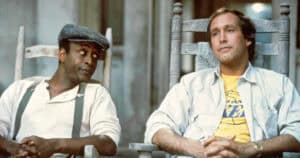
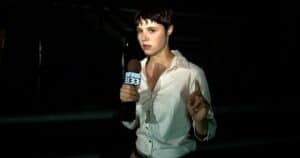
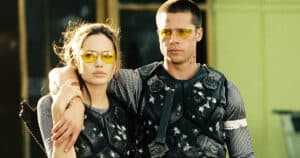
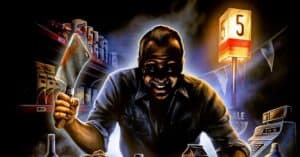

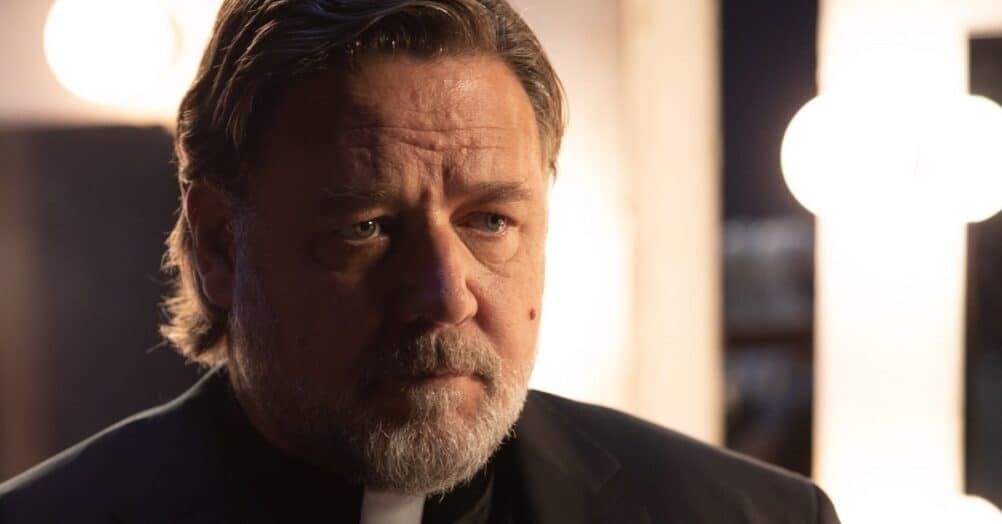

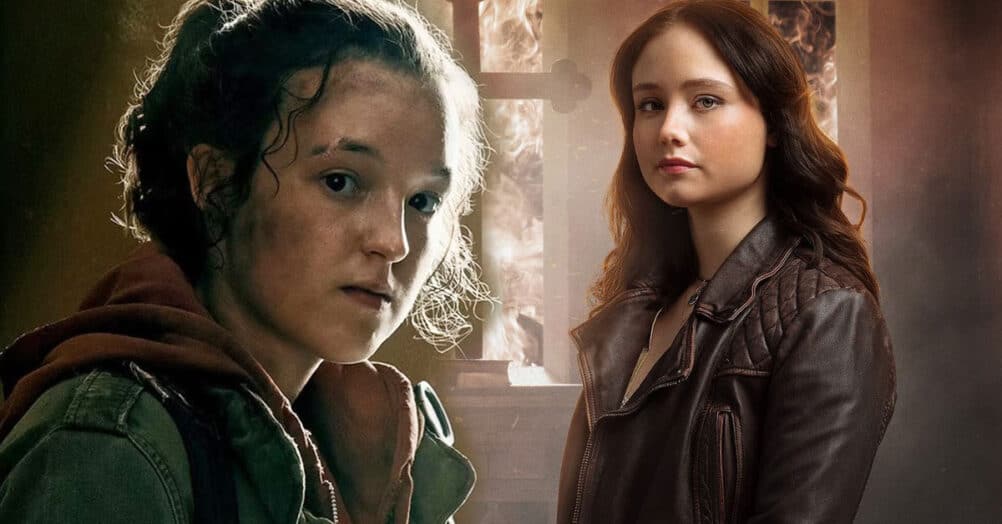
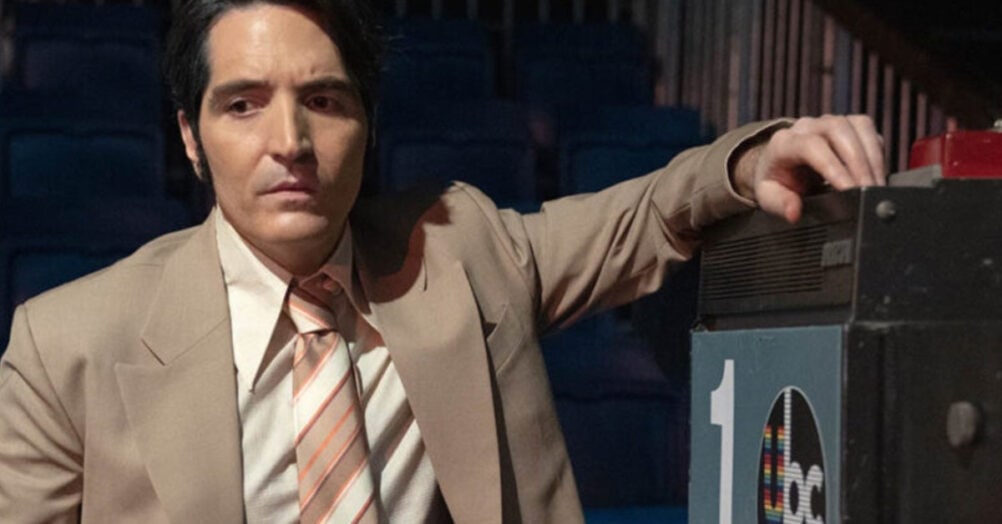
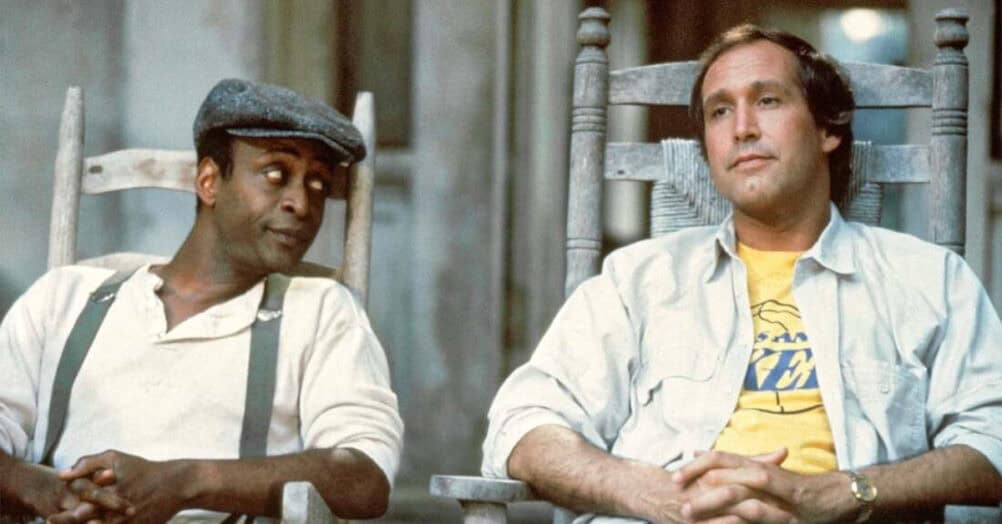
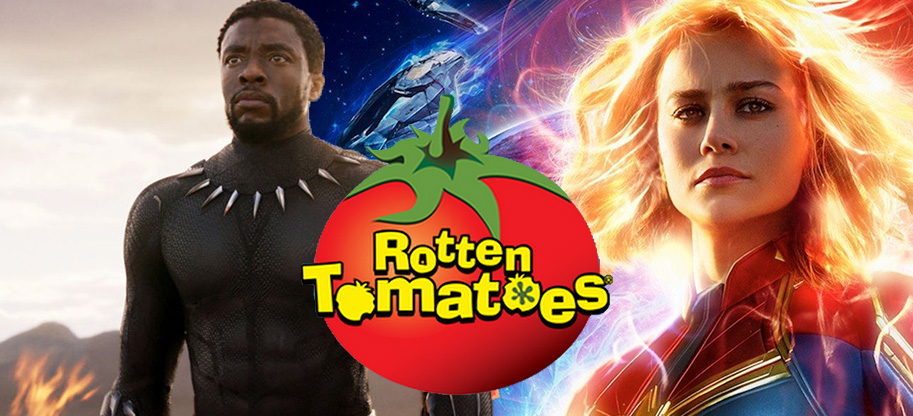
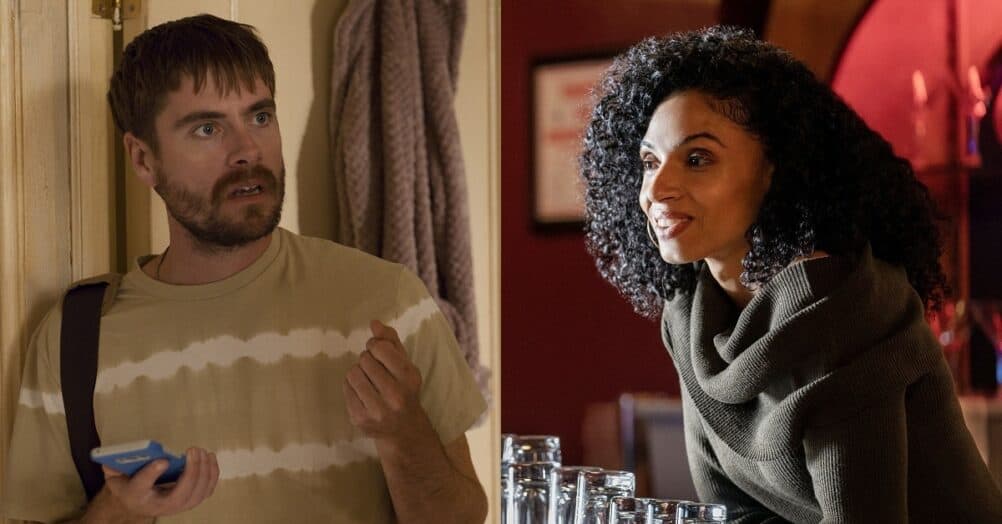

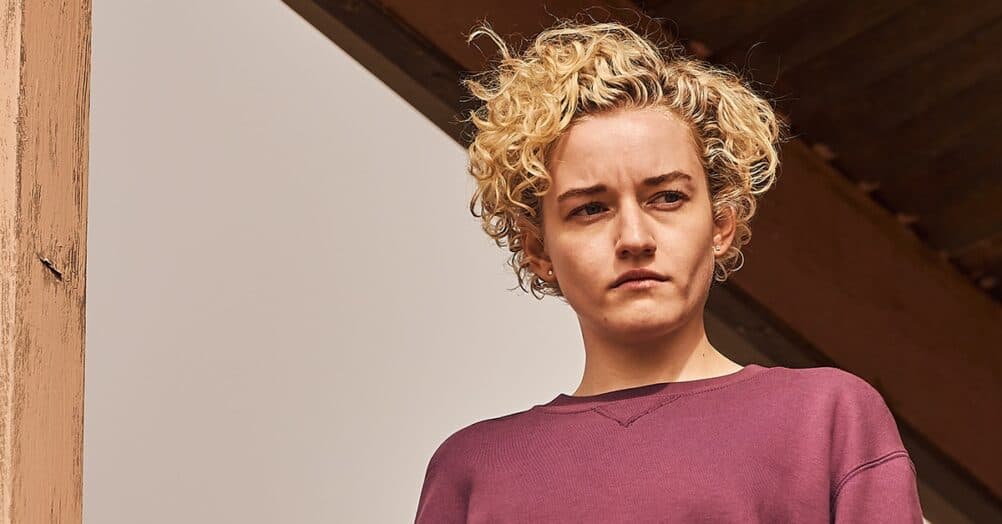

Follow the JOBLO MOVIE NETWORK
Follow us on YOUTUBE
Follow ARROW IN THE HEAD
Follow AITH on YOUTUBE